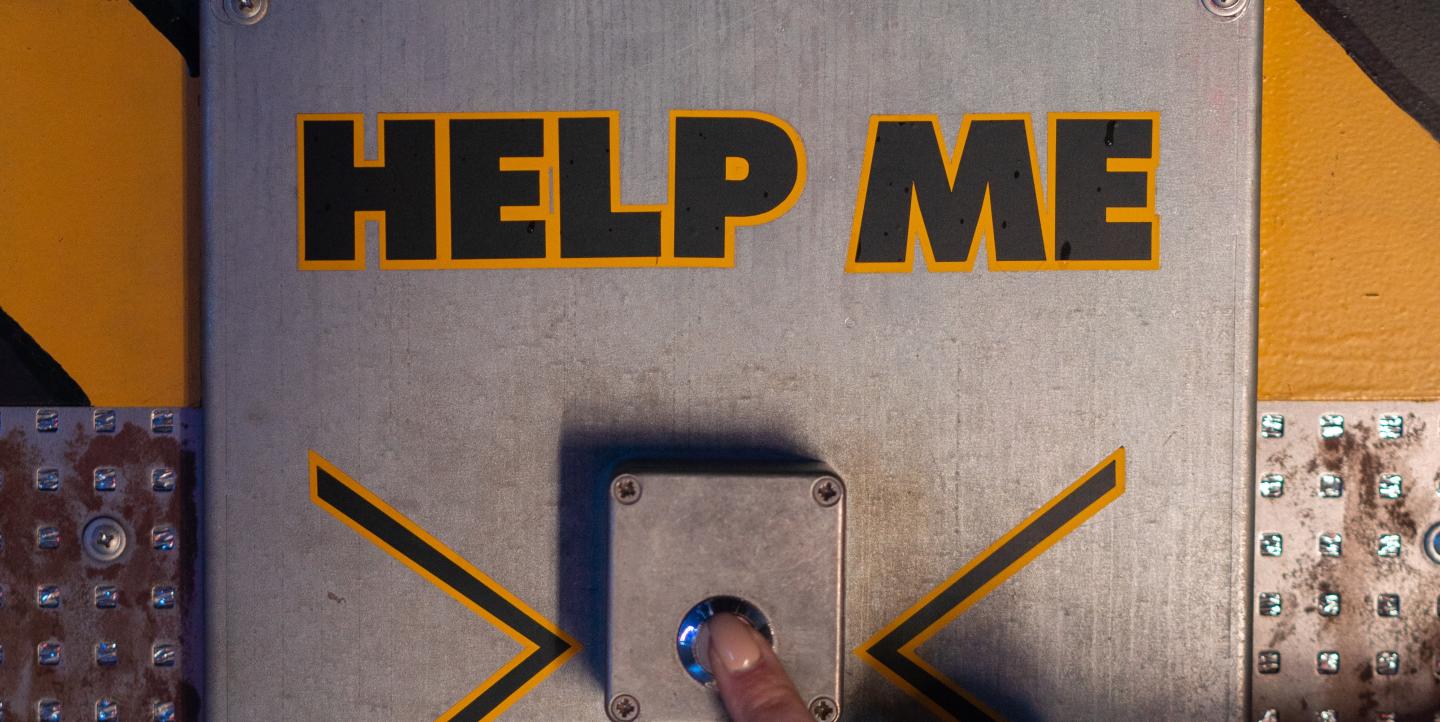Zimbabwe has witnessed a pattern of reporters being harassed, intimidated, and arrested journalists have also been injured, have lost their equipment, and faced trumped-up charges for their reporting.
Most recently, journalists Blessed Mhlanga and Chengeto Chidi were arrested on May 7, and charged for photographing and filming within a polling station, during a recent by-election in Chitungwiza near Harare. They were charged for recording the attempted arrest of a local legislator while working on a separate story on water challenges. Mhlanga was allegedly assaulted by a police officer and reportres had their phones and cameras seized by police before being arrested.
Mhlanga and Chidi appeared in court two days later and were eventually granted bail. Their trial will take place on May 24.
This is why the Zimbabwe chapter of the Media Institute of Southern Africa (MISA) launched a panic alert button to help media practitioners ensure their safety during emergencies.
According to MISA, the launch was necessitated by the increase in the number of attacks against journalists in the country. As Zimbabwe goes into the 2023 general elections, beginning with the recently held March 26 by-elections, MISA has called for the safety of journalists to be a priority during these events, with the panic button serving as a major resource to ensure their safety.
Lifesaver
According to MISA, the introduction of the panic button will help to save lives and offer immediate legal assistance.
Designed with a red alert trigger button, the MISA application sends an alert message to preconfigured contacts, alerting them of the user’s emergency and location, even if the contacts don’t have the app on their phones, according to a MISA YouTube explainer.
“This is an Android application that can help you in case of an emergency. Media practitioners who find themselves in emergencies while carrying out their journalism duties,” MISA said in a social media announcement.
Admire Mare, an associate professor at the Department of Communication and Media at the University of Johannesburg, praised the launch of the application.
“I think it’s a step in the right direction given the tenuous issue of the safety of journalists, especially during elections and protests. We have seen that journalists are often subjected to beatings by security agents and party activists for carrying out their duties,” he said.
Lazarus Sauti, a media and conflict resolution researcher, also commended the launch. “The launch of the alert button by the Media Institute of Southern Africa (MISA) Zimbabwe is a good move that will ensure the safety of journalists who are under siege in the country,” he said.
“Journalists are threatened by the state, political activists and other members of society. Accordingly, this panic button will come as a safety mechanism to protect journalists from all forms of violence,”Sauti added.
Intimidation still exists
This year, Zimbabwe ranked 137 on the Reporters Without Borders (RSF) World Press Freedom Index, dropping seven points since 2021. “The amended penal code and official Secrets Act and the new Cyber Security and Data Protection act continue to hamstring journalism,” RSF said in their report.
The RSF report noted that while violence against journalists has declined during the reviewed period, they still remain high. “Acts of intimidation, verbal attacks and threats (especially on social media) are still common practices,” the report said.
“The major benefit of this alert panic button application is that it prioritizes the security of journalists,” said Sauti. “Journalists are critical players when it comes to the promotion, protection and safeguarding of human rights, peace and development. Their physical security is thus of paramount importance, and the alert panic button application guarantees that security.”
Physical threats are not the only risk for journalists working in Zimbabwe. Alleged reports of online media surveillance targeting reporters, as well as the signing of the Cyber Security and Data Protection Bill, also poses barriers to the work of journalists in the country.
Media has pointed to the danger of the bill being used to silence journalists or others who use online platforms to expose corruption within the state institutions. In addition, the Cyber Security Bill has the potential to be used to silence whistleblowers.
“In this digital era, journalists are also facing serious challenges including surveillance as well as online-orchestrated attacks or threats. The alert button, therefore, comes in handy to protect journalists who are under the digital siege as well,” added Sauti.
Application’s vulnerabilities
However, apart from the benefits for journalists, there are still dangers to the users, according to Mare.
“The benefits have to do with an early alert system that can trigger emergency rescue interventions. However technical systems may malfunction,” said Mare. “Apps can be hacked, compromised and malfunction hence are prone to all kinds of vulnerabilities.”
While the application intends to protect journalists, it does not protect their recording equipment such as cameras, notebooks, and other tools. “For now, the app protects the physical security of journalists,” Sauti said. “This means that the safety of documents, recorders and other secondary storage devices is not fully guaranteed.”
Abuse of the application is also possible, Sauti said. “On the other hand, there are fears of misuse of the application. My biggest fear is that people will willy-nilly tap the red button even if they are not under threat. To avoid this, MISA should strictly protect against the misuse of the app by some users and ensure that journalists who are in dire need of attention are quickly attended to.”
In addition to the application, Mare believes more needs to be done by all those concerned, to ensure the safety of journalists. “MISA needs to be applauded for doing something about journalists’ safety, but more needs to be done by law enforcement agencies, the judiciary, political activists and media houses to ensure the safety and security of media practitioners.”
“We need political tolerance and will to promote the safety of journalists,” he said.
Photo by Mikhail Nilov.


